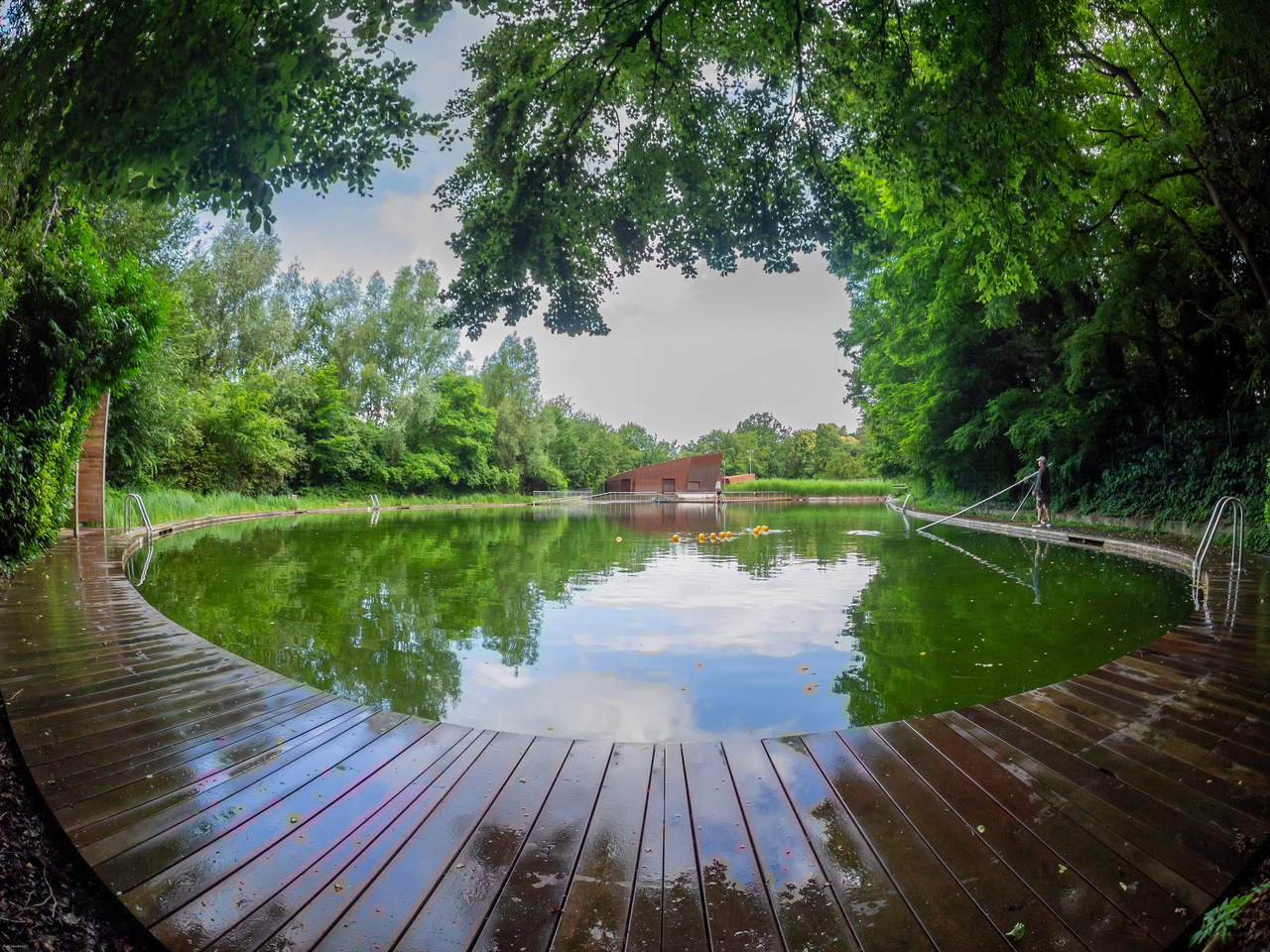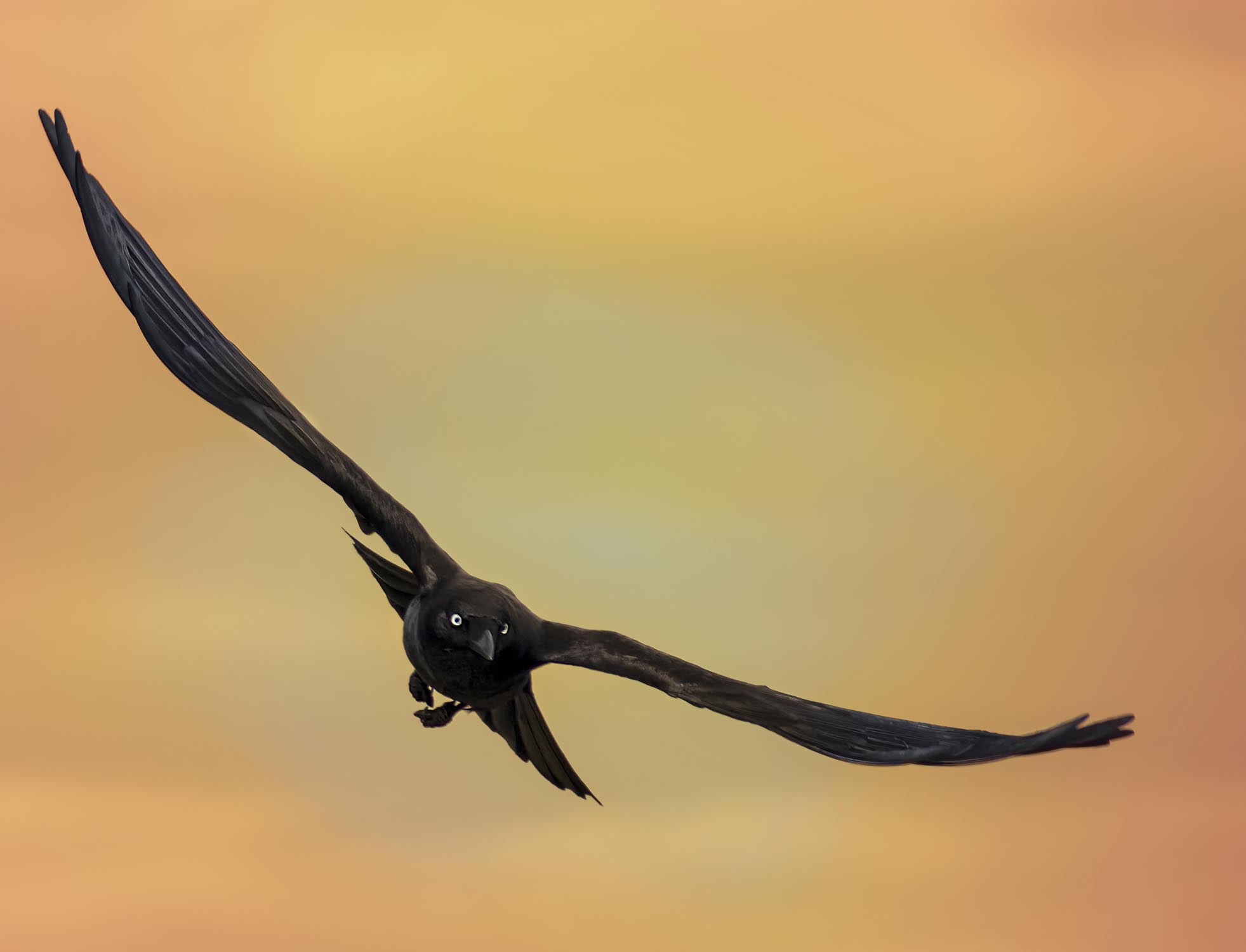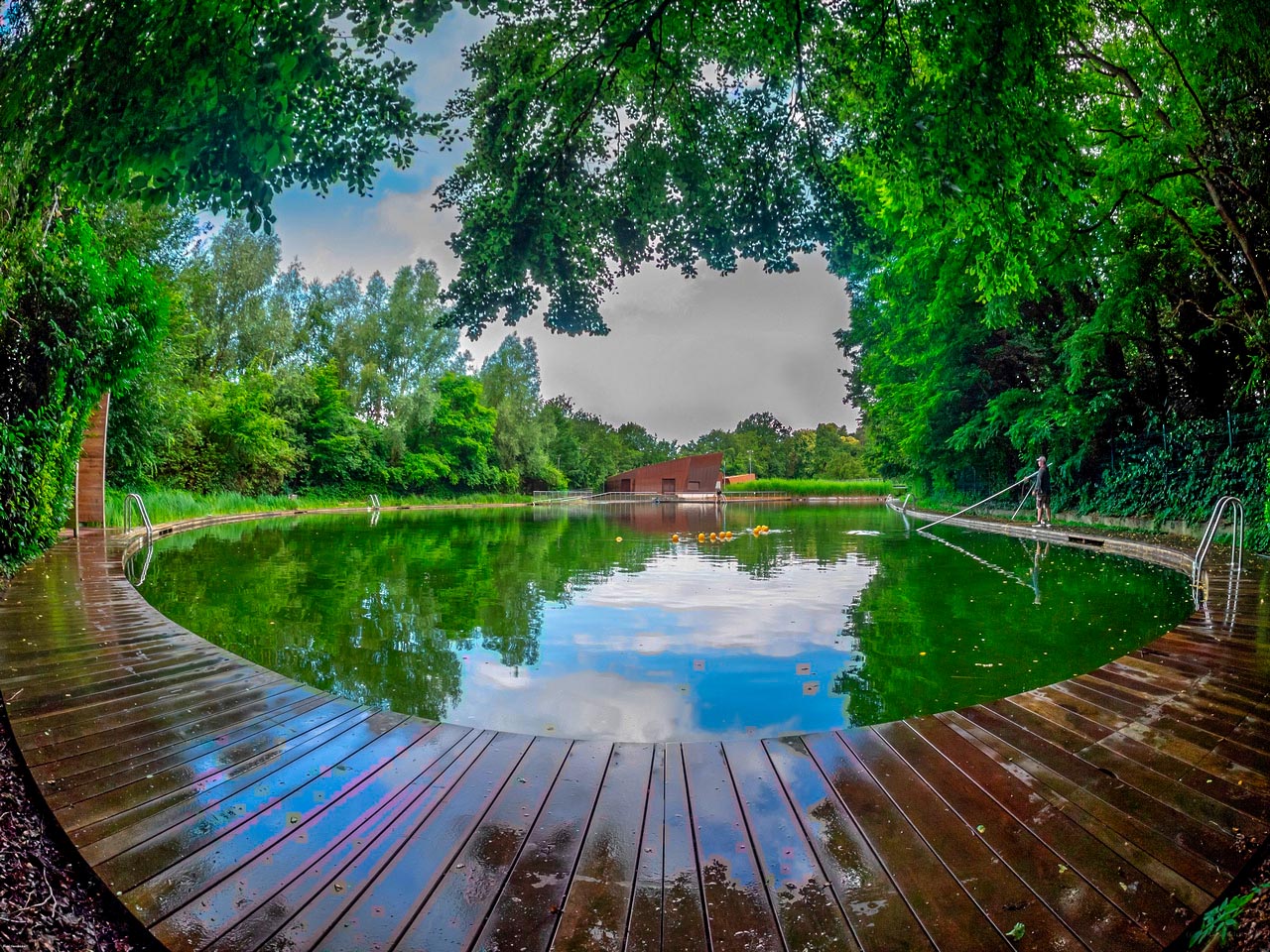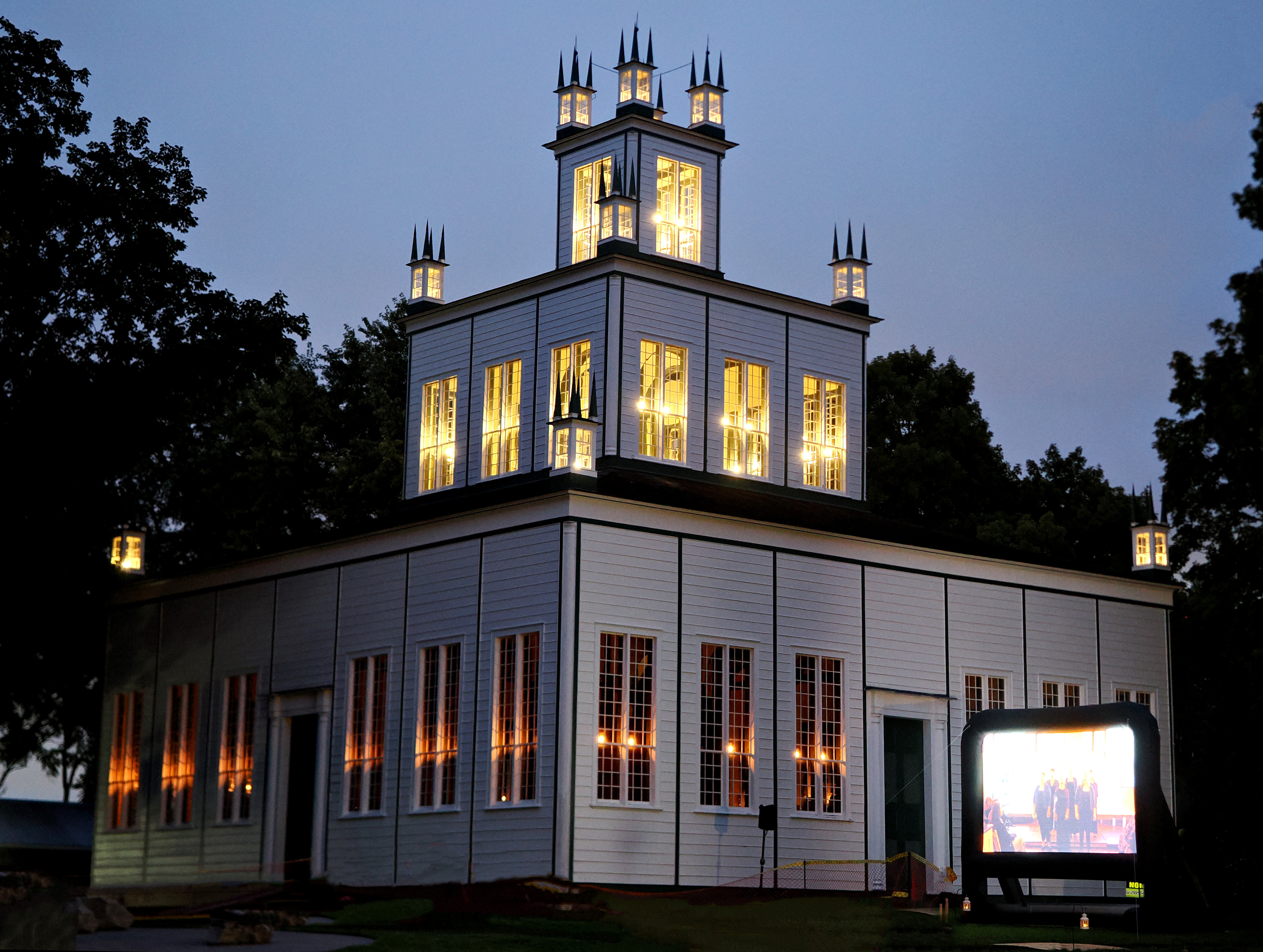SWIMMING POOL BOEKENBERGPARK
Like the image from last week, this is another outtake (not selected by the editors and ublisher) from my images for the new upcomlng edition of "500 Hidden Secrets Antwerp" from Luster Publishers.
And like last week, it is an ultra wide angle (fisheye) image of a peculiar swimming pool
This is the Boekenbergpark outdoor swimming pool: a closely monitored but fairly natural (no chemicals) swimming pond in one of Antwerp's parks.
It is open year round. In winter, the local club of "polar bears" (cold water swimmers) take their dips and swims. In summer, the crowd is somewhat bigger.
I went there very early morning, because it would clear that shooting images there with bathers, would create a privacy- and rights nightmare for the book.
I happened to arrive when the pond cleaning crew was working.
This provided me with pretty free general access, also to the areas where normally only barefoot bathers are allowed
A stroke of luck.
I rely on these strokes of luck for my tourist guide photography.
Because meticulous (hour to hour) planning to photograph 15 to 20 locations in one day may sound like a good idea but is actually totally unpragmatic.
Making strict appointments for certain hours is even less viable. I try to get access when I am there, and if not, I move on to another item.
What I do prepare, is a clear list of the locations, and a map with all the adresses and opening hours (for shops, museums, restaurants). And then I wing it.















